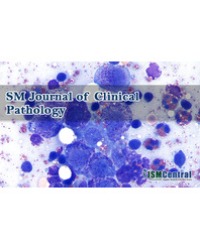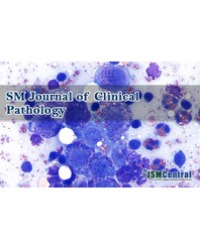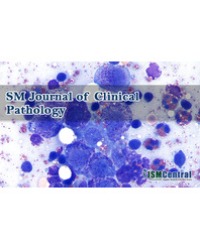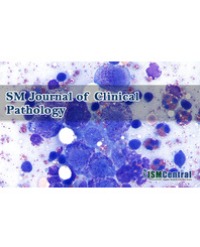
Apocrine Hidrocystoma with Proliferative Features: Apocrine Cystadenoma
We present seventeen cases of apocrine hidrocystoma, ten of which had pseudopapillary and solid areas of proliferation. The lesional cells were examined for the extent and intensity of immunohistochemical staining for neuroendocrine and endocrine markers. Of the ten hidrocystomas with adenomatous features, eight cases (80%) displayed immunoreactivity to Estrogen (ER) and Progesterone Receptors (PR). None of the cases showed staining for chromogranin. Conversely, none of the cases of classic apocrine hidrocystoma (0 of 7) exhibited staining for ER, PR, or chromogranin. Furthermore, all cases of hidrocystomas with and without proliferative features, behaved in a benign fashion without any recurrence. In conclusion, hidrocystomas with proliferative features are benign lesions, and we have shown this variant of apocrine hidrocystoma to have a novel staining pattern with ER and PR which has not previously been described. In addition, we offer further support based on the histological features and this unique staining pattern to the hypothesis that apocrine hidrocystomas, in particularly the proliferative variant, may be within the sequence of adenoma to carcinoma for Endocrine MucinProducing Sweat Gland Carcinoma (EMPSGC).
Jonathan L Yao¹* and Robert G Phelps²




